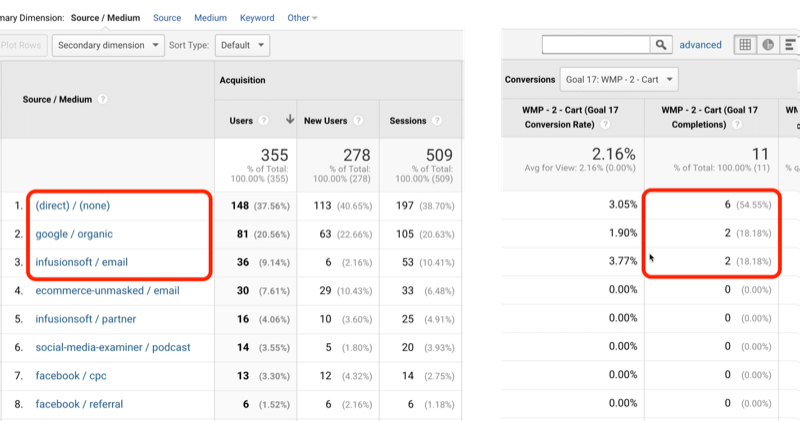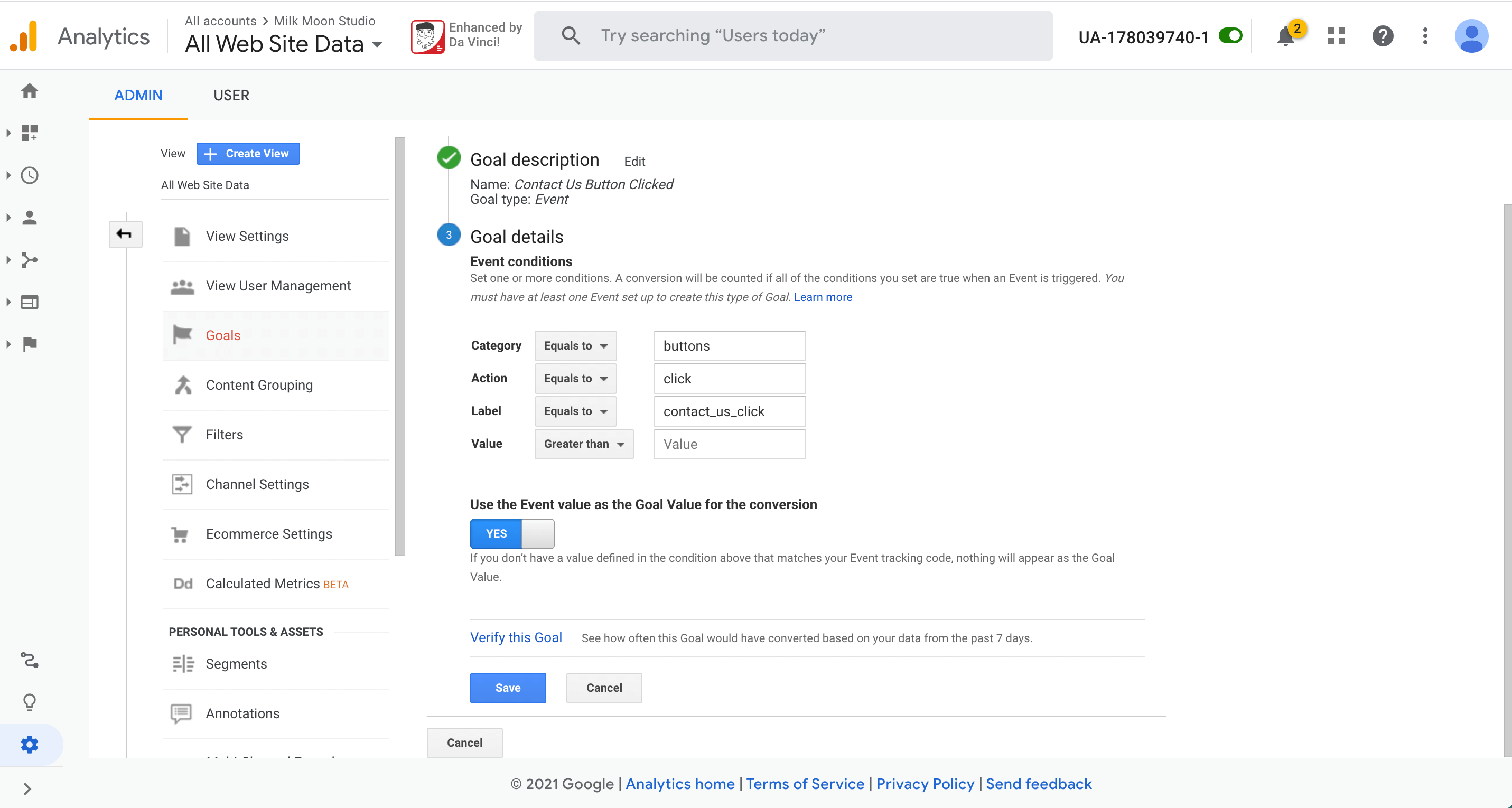What Data Is Google Analytics Goals Unable to Track: Essential Details
What Data Is Google Analytics Goals Unable to Track: Essential Details
Blog Article
Discover the Limitations of Google Analytics Goals: Introducing the Data Kind That Remain Untrackable
As companies significantly rely on data-driven decision-making, comprehending the limitations of devices like Google Analytics comes to be paramount. While Google Analytics Goals offer valuable insights right into customer communications, there exist information types that thwart monitoring, presenting challenges to a thorough understanding of customer behavior.
Incomplete Individual Trip Tracking
Insufficient customer journey tracking within Google Analytics can hinder the capability to properly analyze individual actions. When the user trip is not totally tracked, there are spaces in the data that protect against a thorough understanding of how users engage with an internet site. This absence of understanding can bring about missed out on possibilities for optimization and renovations to the customer experience.
One usual concern with insufficient individual journey tracking is the lack of ability to see the full path that individuals take before completing an objective or leaving the website. Without this details, it is testing to determine where individuals may be running into obstacles or friction factors that stop them from converting. Additionally, incomplete monitoring can cover the impact of certain marketing initiatives or site modifications on user behavior.
To resolve this constraint, it is crucial to establish up appropriate monitoring systems within Google Analytics to capture the whole individual trip. This might involve establishing occasion tracking, goal funnels, or utilizing tools like Google Tag Manager to ensure that no vital communications go unrecorded. By getting a detailed sight of the user trip, internet site proprietors can make more informed choices to improve user involvement and drive conversions.
Attribution Challenges
Navigating with attribution obstacles in Google Analytics requires a comprehensive understanding of exactly how various touchpoints add to the total conversion process. Acknowledgment obstacles develop from the intricacy of contemporary consumer trips, where individuals engage with numerous channels prior to converting.
One typical attribution challenge is the trouble in connecting conversions to the right source, specifically in situations where customers connect with several channels before converting. In addition, cross-device tracking poses one more attribution obstacle, as customers usually switch over between tools throughout their trip, making it challenging to track their communications seamlessly.
Offline Conversions
Provided the challenges connected with attributing conversions precisely in online channels, the measurement of offline conversions offers a considerable chance for marketers looking for an extra detailed understanding of their clients' trip. Offline conversions describe actions that customers absorb the physical world, such as making purchases in brick-and-mortar stores or over the phone, going to events, or engaging with published materials - what data is google analytics goals unable to track. These conversions are important for businesses that run both his response online and offline, as they provide useful understandings right into the effectiveness of advertising projects across different touchpoints
Tracking offline conversions generally posed from this source a considerable challenge for marketers, as it was challenging to attach these actions back to certain on-line communications accurately. With developments in innovation, such as the combination of CRM systems, special identifiers, and promo code codes, companies can now bridge the gap between online and offline data to gain an extra all natural sight of client habits. By efficiently determining offline conversions, marketers can maximize their strategies, allot resources much more effectively, and inevitably improve the overall consumer experience.
Cross-Device Tracking
Cross-device monitoring plays a critical role in understanding the interconnected nature of customers' digital communications across multiple gadgets. In today's omnichannel world, where individuals effortlessly change between tablets, smartphones, and desktops, tracking their behavior across these devices is essential for marketing experts to gain a thorough view of their client trip.

In addition, privacy issues and guidelines such as GDPR and CCPA have additionally complicated cross-device monitoring. With customers demanding even more control over their information and boosted constraints on tracking modern technologies, online marketers need to locate privacy-compliant and innovative ways to connect individual interactions across devices.
Dynamic Content Engagement
Comprehending customer interaction with dynamic material is essential in enhancing digital marketing techniques for enhanced audience communication. Dynamic web content describes web site elements that change based on individual habits, preferences, or other elements, providing a tailored experience. However, tracking customer interactions with dynamic content poses obstacles for standard analytics tools like Google Analytics.
While Google Analytics can track fundamental interactions like clicks and page sights, it may my company have a hard time to record even more nuanced involvements within vibrant web content. what data is google analytics goals unable to track. Metrics such as time invested in specific vibrant aspects, hover activities, or communications within pop-ups are usually not quickly quantifiable utilizing standard monitoring methods. This limitation prevents marketers' capacity to fully realize exactly how users are engaging with dynamic material and customize their techniques as necessary

Verdict
In final thought, Google Analytics goals have restrictions in tracking insufficient customer trips, attributing conversions precisely, catching offline conversions, tracking cross-device interactions, and gauging dynamic content interaction. These restrictions highlight the relevance of checking out extra monitoring approaches and tools to acquire a much more detailed understanding of individual behavior and conversions beyond what Google Analytics can offer.
While Google Analytics Goals offer important understandings right into customer communications, there exist information kinds that thwart monitoring, posturing obstacles to a detailed understanding of customer actions.Insufficient individual trip monitoring within Google Analytics can hinder the ability to properly examine user actions. When the individual journey is not completely tracked, there are spaces in the information that prevent a detailed understanding of exactly how customers connect with a web site.One typical concern with incomplete user trip tracking is the inability to see the full path that customers take in the past completing an objective or leaving the site. By acquiring an extensive sight of the customer trip, internet site owners can make more educated decisions to improve user engagement and drive conversions.
Report this page